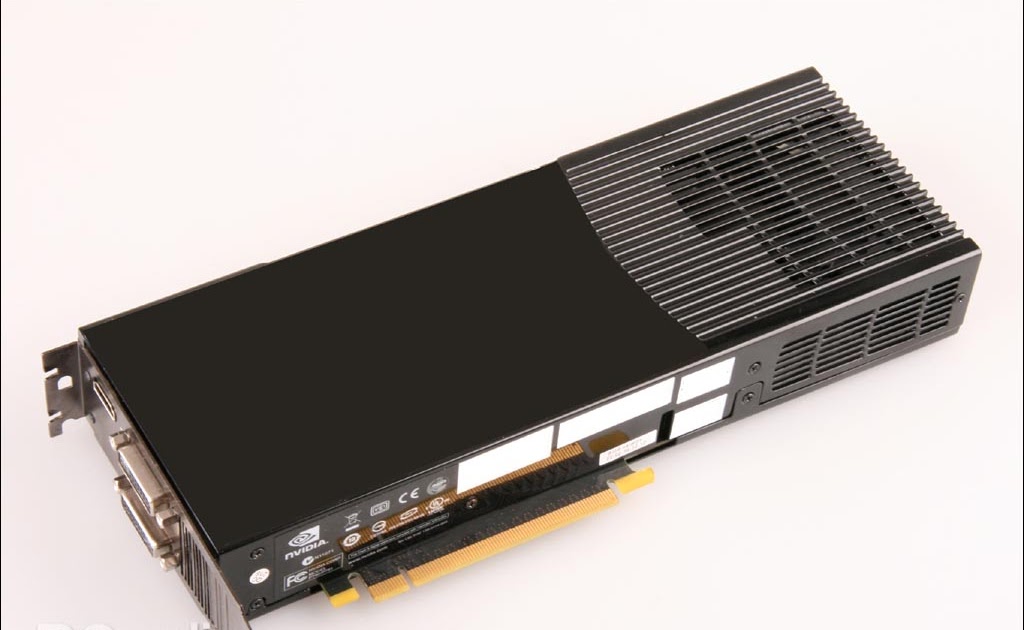

The performance of the chip is noticeably better than both the 9800M GT and GTS because of the additional shader units (see benchmarks below). As a result, the 9800M GTX is only found in larger laptops with relatively powerful cooling solutions. The chip is manufactured in a 65nm process and because of the high shader count, the power consumption (75 Watt of the MXM board) can be quite high.

In general, the GPU is similar to that of the 8800M GTX but with 112 unified shader cores instead of 96. The Nvidia GeForce 9800M GTX is a graphics adapter for laptops based on the G92 core. 3D Printing, 5G, Accessory, AI, Alder Lake, AMD, Android, Apple, ARM, Audio, Benchmark, Biotech, Business, Camera, Cannon Lake, Cezanne (Zen 3), Charts, Chinese Tech, Chromebook, Coffee Lake, Comet Lake, Console, Convertible / 2-in-1, Cryptocurrency, Cyberlaw, Deal, Desktop, E-Mobility, Education, Exclusive, Fail, Foldable, Gadget, Galaxy Note, Galaxy S, Gamecheck, Gaming, Geforce, Google Pixel, GPU, How To, Ice Lake, Intel, Intel Evo, Internet of Things (IoT), iOS, iPad, iPad Pro, iPhone, Jasper Lake, Lakefield, Laptop, Launch, Leaks / Rumors, Linux / Unix, List, Lucienne (Zen 2), MacBook, Mini PC, Monitor, MSI, OnePlus, Opinion, Phablet, Radeon, Raptor Lake, Renoir, Review Snippet, Rocket Lake, Ryzen (Zen), Science, Security, Single-Board Computer (SBC), Smart Home, Smartphone, Smartwatch, Software, Storage, Tablet, ThinkPad, Thunderbolt, Tiger Lake, Touchscreen, Ultrabook, Virtual Reality (VR) / Augmented Reality (AR), Wearable, Wi-Fi 7, Windows, Workstation, XPS, Zen 3 (Vermeer), Zen 4


 0 kommentar(er)
0 kommentar(er)
